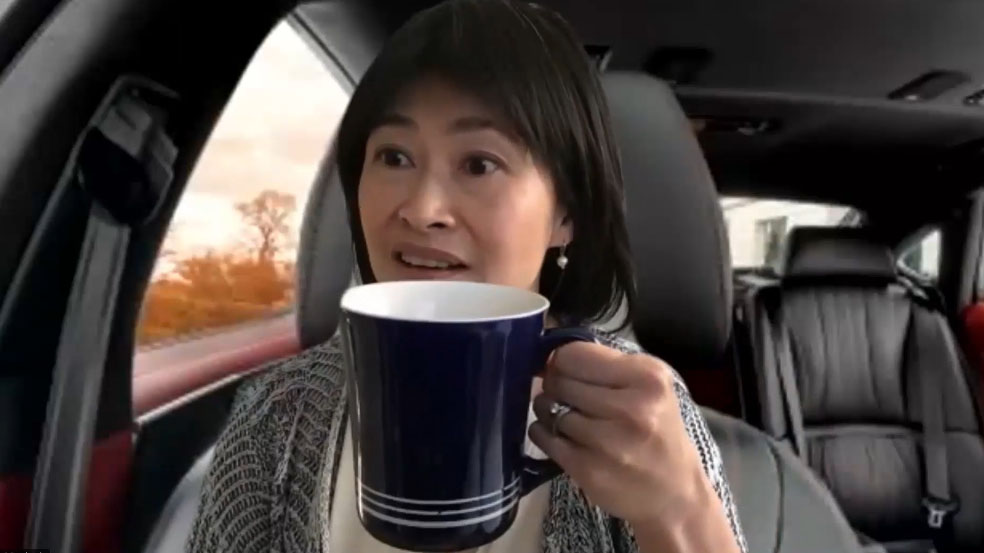Instructors
Driving creativity into a virtual classroom
Tamara Vineberg - 23 February 2021

We spoke with Rosolowsky, who is the coordinator for the Medicine 513 block, Romney and Jesse Lafontaine, the Medical Students’ Association first-year class representative about the use of Endocrinologists in Cars Getting Coffee as an educational tool.
Why was Endocrinologists in Cars Getting Coffee created?
Rosolowsky: All the education for the MD class of 2024 has been online due to the pandemic. There was some anxiety about the loss of potential interactivity from delivering lectures on Zoom when in normal times, students would be with us on the wards, in clinics, and in the classroom. We brainstormed on how we could provide creativity and interaction during the learning block.
It was Dr. Romney’s idea to imitate Comedians in Cars Getting Coffee. I had never seen the show before. In it, Jerry Seinfeld gets in a fancy car and picks up another comedian on the way to a cafe where they have coffee, talk shop, and laugh a lot.
Can you describe this experience from an educator’s point of view?
Rosolowsky: When we planned this, we talked about the structure to be sure to cover course objectives. We wanted to use this novel approach to augment, but not replace, lectures during the week. Because it was going to be more of a conversation with colleagues than a lecture, we needed to remind ourselves to deliver content at an appropriate level for the first year medical student learner audience, and not get carried away in having too complex discussions.
Romney: I wanted to be more spontaneous, like the Comedians in Cars show. We had this entertaining discussion based on a case of hyperparathyroidism and high calcium. It was a lot of fun and unique. We truly enjoyed it, especially being in cars using virtual Zoom backgrounds and drinking a hot beverage.
Rosolowsky: We wished to show what colleagues do regularly around the table, discussing cases and learning from one another. We ended up doing two episodes. We developed a script, a loose story arc, for each episode but all our dialogue was ad lib. There was no expectation of preparation, so our conversations were authentic.
Episode one was with the adult endocrinologists and myself. Episode two involved two additional pediatric endocrinologists, Rose Girgis and Chelsey Grimbly. I don’t think the students knew what to expect. But as the episode was rolling, learners started posting their own virtual backgrounds. Some individuals put up rickshaws, buses, a stagecoach. They joined in the fun and really began to connect with humour in the chat box. Some of the typically quieter students began to participate that way.
How did students benefit from these sessions?
Lafontaine: The online environment sacrifices some aspects of learning and often it results in losing interactive components. This event was an engaging and exciting way to learn. It allowed understanding of real life clinical examples. For first-year students, we’ve never met in person or got to know each other. It’s challenging to have that feeling of belonging and community. These events are exceptional for that. It fosters that sense of connection within our medical school community by bringing people together, and especially physicians, in terms of less formal situations.
What was one advantage of using an online teaching approach, over a traditional lecture?
Romney: When we’re standing up in front of all the students in a lecture, we see them behind their laptops. It’s fairly anonymous. In Zoom, we actually have a personal link because we can see their faces and their names. I noticed I had more of a connection to them.
Watch Endocrinologists in Cars Getting Coffee video clip